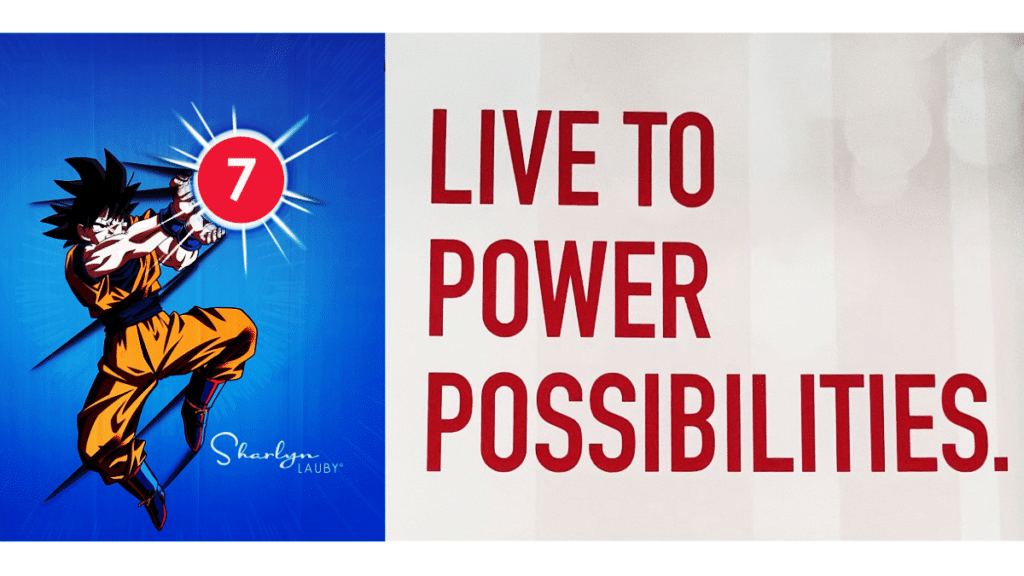Workplace Power: The 7 Types and Why They Are Important
Estimated reading time: 4 minutes
I recently spoke on a webcast hosted by the Society for Human Resource Management (SHRM) where I spoke on the topic of leadership and management. I believe it’s important to remember that the two are not the same thing. The functions of management include planning, organizing, staffing, directing, and controlling. Leadership is defined as the ability to influence others. Because the definition of leadership includes influence, it’s important to understand workplace power.
Power is defined as “a person or thing that possesses or exercises authority or influence”. In essence, when we use power, we’re utilizing our influence to get something. This means that everyone has power. Yes, everyone. And that’s not a bad thing. The real question becomes what kind of power a person has and how someone uses that power. Here are the seven most common types of workplace power and how they might be used.
- Coercive power is associated with people who are able to punish others. People fear the consequences of not doing what has been asked of them. Coercive power could be used by a manager as in “Do this or I’ll write you up.” But it could also be used by the scheduling department to give someone an unfavorable work shift.
- Connection power is based upon who you know. This person knows and has the ear of other powerful people within the organization. An example would be the administrative assistant who has a positive working relationship with their boss. If the assistant doesn’t like you…well, that could get passed along to the executive. And vice versa.
- Expert power comes from a person’s expertise (obviously). This is commonly a person with an acclaimed skill or accomplishment. Don’t assume that expertise always comes in the form of being a vice president or having a Ph.D. An expert could be the person who is able to fix things around the office.
- A person who has access to valuable or important information possesses informational power. I think of informational workplace power in two ways. First, it’s the person who always seems to be “in the know” about what’s happening in the company. You know who I’m taking about. But also, those individuals who can curate good information in today’s digital world.
- Legitimate power comes from the position a person holds. This is related to a person’s title and job responsibilities. You might also hear this referred to as positional power. When I was an in-house HR director, I had the ability to request a manual paycheck for an employee. That authority was given to me based on my job title. No one else was able to make that request.
- People who are well-liked and respected can have referent power. People like to do things with and for people they like. It’s the premise of the best-selling book by Tim Sanders, “The Likeability Factor”. This doesn’t mean being weak or a pushover. It also doesn’t mean that likeable people never deliver tough messages. But it does mean that they invest time in building relationships.
- Reward power is based upon a person’s ability to bestow rewards. Those rewards might come in the form of job assignments, schedules, pay or benefits. This could be perceived as the opposite of coercive power. Managers might use reward power. For example, “Do this project and then take the rest of the day off.”
Please don’t be modest and say to yourself, “I don’t have any power.” As you can see, there are lots of different ways workplace power can manifest itself. And for that reason, it’s important to realize that power exists in everyone. It’s also possible that you have different kinds of power with different groups or situations. The two biggest mistakes I see with people using power revolve around (1) trying to use power they don’t have and (2) using the wrong kind of power to achieve specific results.
To help you better understand and identify your “power”, take a moment and think about how you try to influence the actions of others. You could use the descriptions above as a pseudo self-assessment. Rate yourself on a scale of 1-5 in each of the different kinds of power. With 1 being not at all characteristic of you and 5 being quite characteristic.
This can be a powerful exercise (sorry for the pun). If you’re honest with yourself, I hope you will find the results helpful. Not only for the way that you tend to use power, but in the ways that others use power with you.
Image captured by Sharlyn Lauby while exploring the streets of Orlando, FL
89